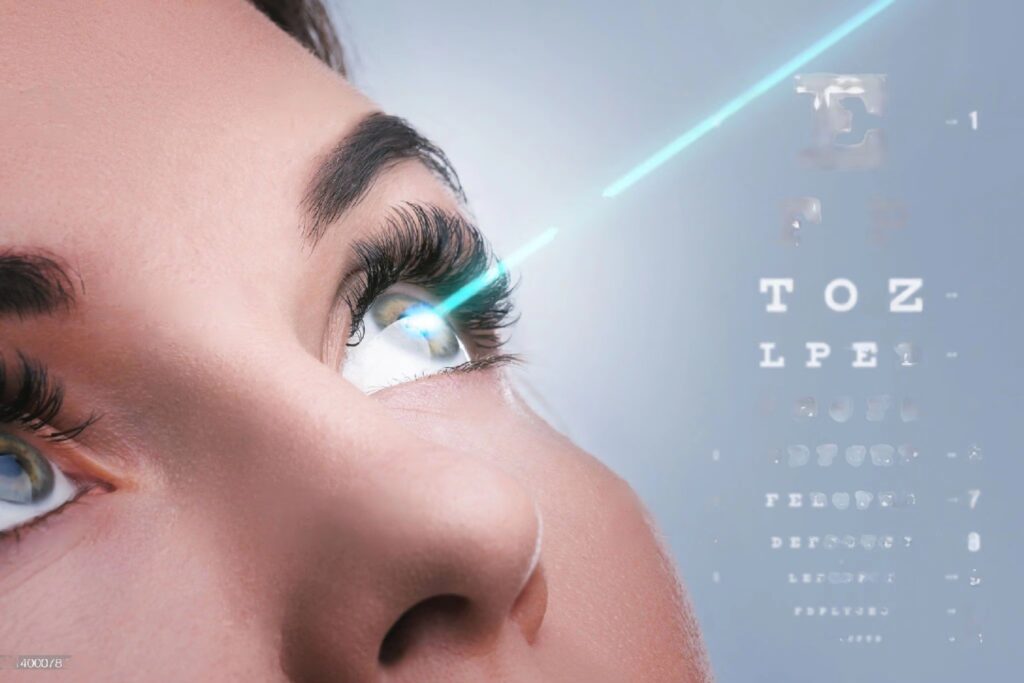The Silent Thief of Sight: Understanding the Risks and Symptoms of Glaucoma
Glaucoma is a serious eye condition that can lead to vision loss and blindness if left untreated. It is estimated to affect over 60 million people worldwide and is often referred to as the “silent thief of sight” due to the fact that it often has no symptoms in its early stages.

Glaucoma occurs when the pressure inside the eye, known as intraocular pressure (IOP), increases to a level that damages the optic nerve. The optic nerve is responsible for transmitting visual information from the eye to the brain, and when it is damaged, it can result in vision loss, especially in the peripheral vision.
There are two main types of glaucoma: open-angle glaucoma and angle-closure glaucoma. Open-angle glaucoma is the most common form and occurs when the drainage angle in the eye, which allows fluid to flow out, becomes clogged. This leads to a gradual increase in IOP over time. Angle-closure glaucoma, on the other hand, occurs when the drainage angle in the eye becomes completely blocked, leading to a rapid and painful increase in IOP.
The risk factors for developing glaucoma include age, family history, high IOP, certain medical conditions such as diabetes, and being of African descent. People with these risk factors should have regular eye exams to monitor for glaucoma, as early detection and treatment can slow or prevent vision loss.
Treatment for glaucoma usually involves the use of eye drops to lower IOP, although in some cases laser or surgical procedures may be necessary. It is important to follow your eye doctor’s recommendations for treatment and to use your eye drops as directed, as failure to do so can result in progression of the disease and vision loss.
In addition to treatment, there are also steps you can take to help protect your vision from glaucoma. This includes maintaining a healthy diet rich in fruits and vegetables, exercising regularly, not smoking, and wearing protective eye gear when participating in sports or other high-risk activities.
It’s also important to be aware of the signs and symptoms of glaucoma, which can include blurry vision, halos around lights, eye pain, redness, and headache. If you experience any of these symptoms, it’s important to see an eye doctor immediately for an evaluation.
In conclusion, glaucoma is a serious eye condition that can lead to vision loss and blindness if left untreated. Early detection and treatment are crucial in slowing or preventing vision loss, and there are steps you can take to help protect your vision from glaucoma. Regular eye exams and being aware of the signs and symptoms of the disease are important for maintaining good eye health and preventing vision loss.
